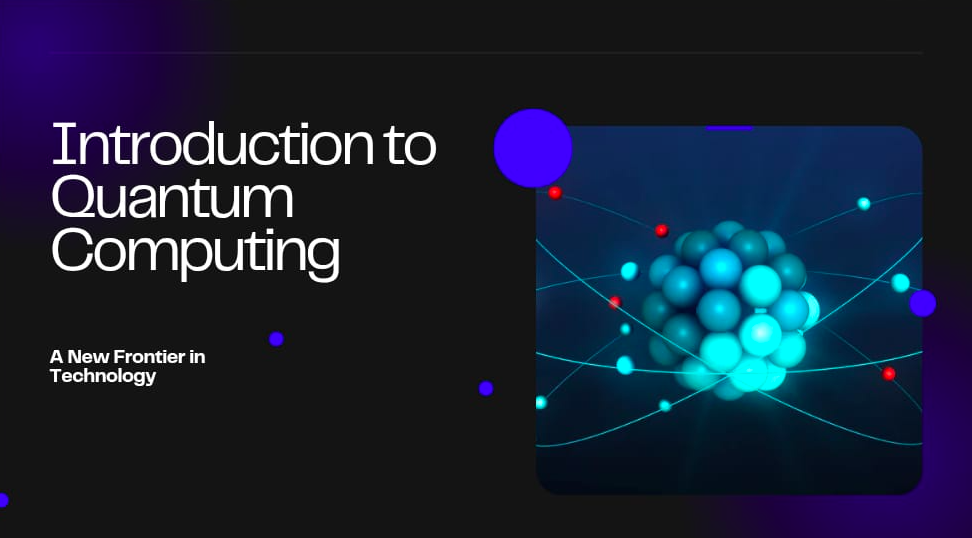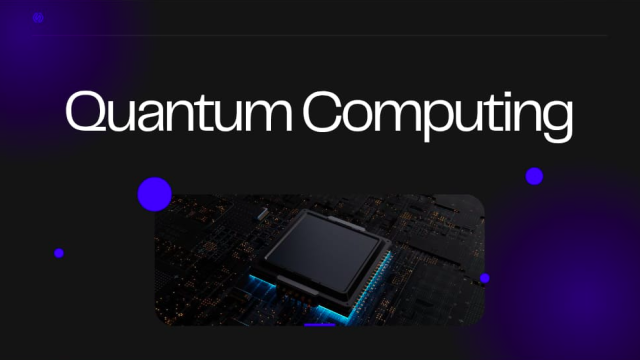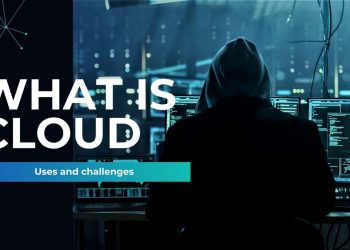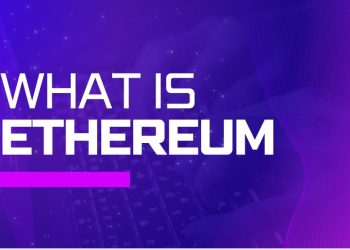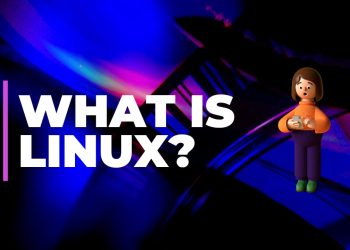Quantum Computing: The Future of Technology
Introduction
Unleash the Future: Quantum Computing Breakthroughs Revolutionizing Technology!
Quantum computing is a revolutionary field that leverages the principles of quantum mechanics to perform computations far beyond the capabilities of classical computers. While traditional computers use bits (0s and 1s) for processing, quantum computers use quantum bits (qubits), which can exist in multiple states at once.This allows quantum computers to solve complex problems that are practically impossible for classical computers to handle in a reasonable time frame.
In this article, we will explore:
- What is Quantum Computing?
- Fundamental Principles of Quantum Mechanics
- Difference Between Quantum and Classical Computing
- How Quantum Computing Works
- Uses and Applications of Quantum Computing
For More Information -> LINK
1. What is Quantum Computing?
Quantum computing is a revolutionary approach to computation that uses quantum-mechanical phenomena such as superposition, entanglement, and interference to process information. Unlike classical computers, which process data in binary form (bits), quantum computers use qubits, which can represent both 0 and 1 at the same time (superposition). This enables them to perform multiple calculations simultaneously, leading to exponential speedups for certain types of problems.
Key Features of Quantum Computing:
- Superposition: quantum bits can present at multiple place at once.
- Entanglement: quantum bit can be interconnected.
- Quantum Interference: Enhances correct computation paths while canceling out wrong ones.
- Quantum Tunneling: Allows to work fast and problem solving.
2. Fundamental Principles of Quantum Mechanics
A. Superposition
- Classical computing, there is binary language zero and one .
- Quantum computing, a quantum bit take place of binary zero and one .
- Hence quantum computing can deal with very large scale data at the same time .
B. Entanglement
- Changing one qubit instantly changes its entangled partner, enabling faster communication and computation.
C. Quantum Interference
- Quantum algorithms use ito increase the correct answer and compress incorrect ones.
- This helps in optimizing computations and reducing errors.
D. Quantum Decoherence
- Quantum bits are very sensitive to environmental disturbances like (temperature).
- Maintaining quantum states for long periods (coherence time) is a major challenge.
E. Quantum Tunneling
- Qubits can “tunnel” through energy barriers, allowing them to explore multiple solutions simultaneously.
3. Difference Between Quantum and Classical Computing
| Feature | Classical Computing | Quantum Computing |
|---|---|---|
| Basic Unit | Bit (0 or 1) | Qubit (0, 1, or both) |
| Processing | Sequential operations | Parallel processing |
| Speed | Limited by Moore’s Law | Exponential speedup for certain problems |
| Error Handling | Error correction is straightforward | Highly sensitive to errors (decoherence) |
| Applications | General-purpose computing | Specialized tasks (optimization, cryptography, simulations) |
| Power Efficiency | Higher energy consumption | Potentially more efficient for complex calculations |
Why Quantum Computing is Faster?
- Classical computers solve problems step-by-step (linearly).
- Quantum computers finds all the possible answer at the same time dur to superposition and complication.
4. How Quantum Computing Works
A. Qubits (Quantum Bits)
- Quantum bits take the place of binary bits.
- Represented as a vector in a Bloch Sphere.
- Can be implemented using trapped ions, superconducting circuits, or photons.
B. Quantum Gates
- Classical computer are use logic gates (AND, OR, NOT).
- Quantum computer are use quantum gates.
C. Quantum Circuits
- A arrangement of quantum gates forms a circuit.
- Quantum algorithms (e.g., Shor’s, Grover’s) are executed using these circuits.
D. Measurement and Collapse
- When a qubit is measured, its superposition collapses to a definite state (0 or 1).
E. Quantum Algorithms
- Shor’s Algorithm: .
- Grover’s Algorithm: .
- Quantum Machine Learning: Enhances AI training and optimization.
5. Uses and Applications of Quantum Computing
A. Cryptography & Cybersecurity
- Breaking Encryption: Shor’s algorithm can crack RSA encryption, forcing a shift to quantum-resistant cryptography.
- Quantum Key Distribution (QKD): Enables ultra-secure communication using entangled photons.
B. Drug Discovery & Healthcare
- Simulates molecular interactions at quantum levels, accelerating drug development.
C. Financial Modeling
- Optimizes portfolio management, risk analysis, and fraud detection.
- Solves complex Monte Carlo simulations faster.
D. Artificial Intelligence & Machine Learning
- Speeds up training of neural networks.
- Enhances optimization in big data analytics.
E. Climate Science & Energy
- Improves weather forecasting and climate modeling.
- Optimizes energy grids and battery designs.
F. Logistics & Supply Chain
- Solves traveling salesman problems for optimal routing.
- Enhances inventory management and scheduling.
G. Space Exploration
- Helps in quantum communication for deep-space missions.
- Optimizes satellite trajectories and space research.
H. Material Science
- Designs superconductors, advanced polymers, and nanomaterials.
Challenges in Quantum Computing
- Error Correction: Quantum error correction is complex and requires many extra qubits.
- Scalability: Building large-scale, stable quantum computers is difficult.
- Cost & Infrastructure: Requires ultra-cold temperatures (~0.015 Kelvin) and specialized equipment.
Future of Quantum Computing
- Quantum Supremacy: Google and IBM have demonstrated quantum computers outperforming classical ones in specific tasks.
- Hybrid Systems: combination of quantum and classical computing.
- Cloud Quantum Computing: Companies like IBM and Amazon offer cloud-based quantum processors for research.
Conclusion
Quantum computing is set to revolutionize industries by solving problems that are currently intractable for classical computers. While challenges like decoherence, error correction, and scalability remain, rapid advancements are being made. From breaking encryption to discovering life-saving drugs, the potential applications are vast. While still in its early stages, advancements in quantum hardware, algorithms, and error correction are paving the way for real-world applications in cryptography, medicine, AI, and beyond. As research progresses, quantum computing could redefine industries, accelerate scientific discoveries, and transform our technological landscape.
References , you can know more here-
- IBM Quantum Learning – https://learning.quantum-computing.ibm.com/
(Free courses, hands-on with IBM Quantum Lab) - Qiskit Textbook – https://qiskit.org/learn


